NVIDIA launched the GeForce RTX 30 Series a few months ago, but new models in this family continue to trickle in. Today we are looking at the RTX 3060 Ti 8GB model and how it performs with regard to rendering in OctaneRender, Redshift, and V-Ray.
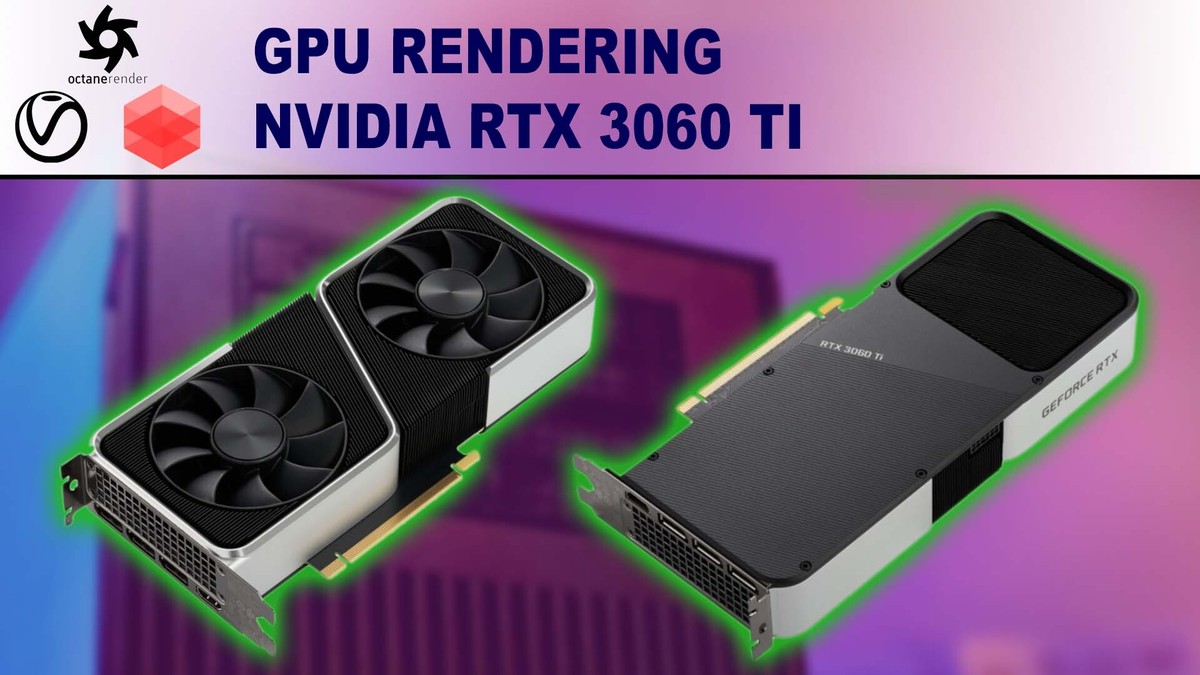

NVIDIA launched the GeForce RTX 30 Series a few months ago, but new models in this family continue to trickle in. Today we are looking at the RTX 3060 Ti 8GB model and how it performs with regard to rendering in OctaneRender, Redshift, and V-Ray.
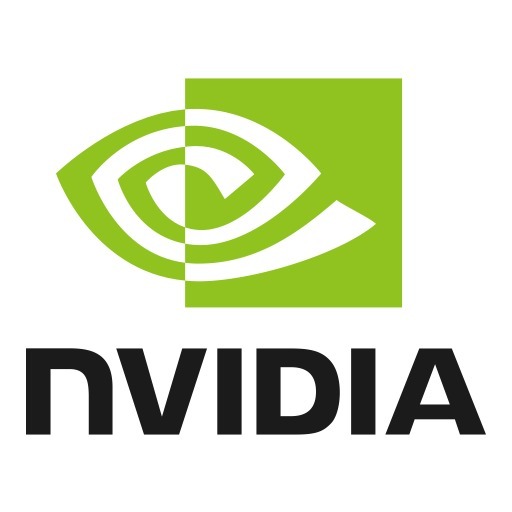
With the initial launches in NVIDIA’s GeForce RTX 30 Series complete, and availability getting better, it is time to look at how well these cards scale in multi-GPU configurations for rendering within Redshift, OctaneRender, and V-Ray.
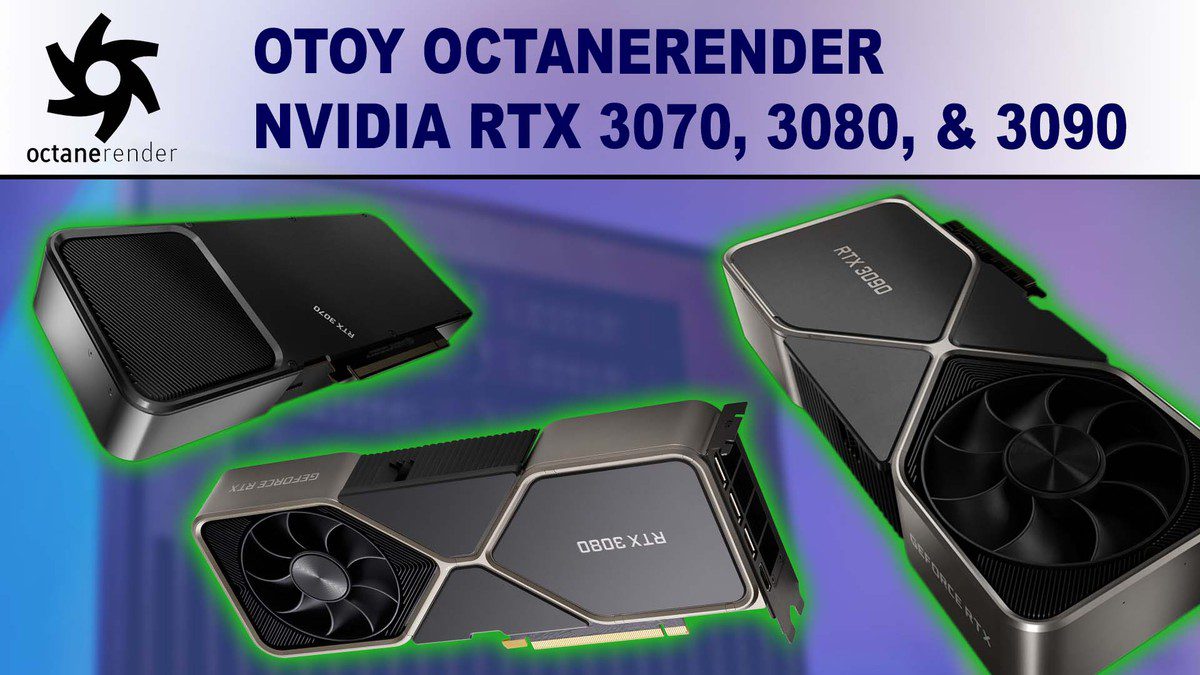
With the first three models in NVIDIA’s GeForce RTX 30 Series now available, how do the RTX 3070, 3080, and 3090 stack up? In this article we take a look at how they compare to each other as well as the previous generation of GeForce and Titan cards in OTOY’s OctaneRender.
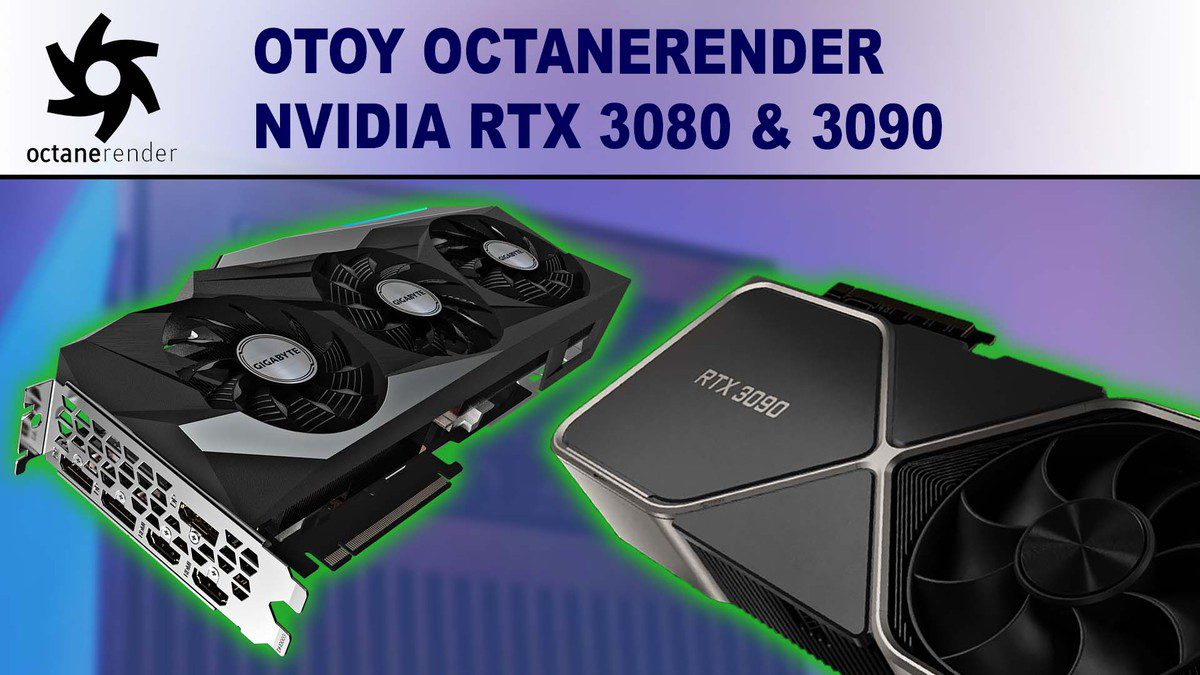
NVIDIA’s GeForce RTX 30 Series cards are here, with NVIDIA boasting significant performance gains over the previous generation. The RTX 3080 launched last week, and now with the RTX 3090 released today we can compare these models to each other as well as the older 20 Series to see how they stack up in GPU based rendering engines like OTOY’s OctaneRender.

The RTX 3000 series cards are here, with NVIDIA boasting significant performance gains over the previous generation. With the RTX 3080 now launched, we can find out how large those gains are in GPU based renderers like OTOY’s OctaneRender.

OctaneRender is a GPU-based rendering engine, utilizing the CUDA programming language on NVIDIA-based graphics cards. With the launch of NVIDIA’s new GeForce RTX “SUPER” series of video cards, we are taking a look at how the whole RTX lineup performs on both the current OctaneRender 4 and the upcoming 2019 release which adds support for RTX technology and greatly increased rendering speeds.

OctaneRender is a GPU-based rendering engine, utilizing the CUDA programming language on NVIDIA-based graphics cards. The upcoming 2019 version is adding support for the dedicated ray-tracing hardware in NVIDIA’s RTX series of video cards, and a preview of the OctaneBench tool was released recently to show a sneak peek at what we can expect from this technology. We rounded up the whole GeForce RTX card line – along with the Titan RTX – to see how they compare to each other and how much of a boost RTX tech can provide.
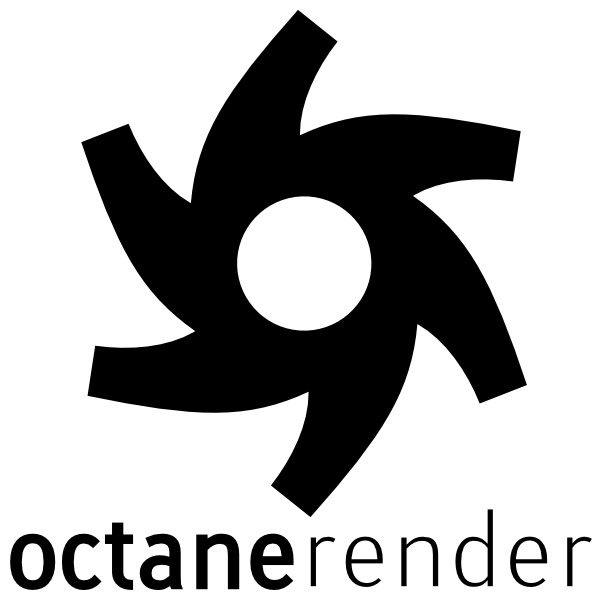
OctaneRender is a GPU-based rendering engine, utilizing the CUDA programming language on NVIDIA-based graphics cards. The upcoming 2019 version is adding support for the dedicated ray-tracing hardware in NVIDIA’s RTX series of video cards, and a preview of the OctaneBench tool was released recently to show a sneak peek at what we can expect from this technology. We rounded up the whole Quadro RTX card line – along with the Titan RTX – to see how they compare to each other and how much of a boost RTX tech can provide.

OctaneRender is a GPU-based rendering engine, utilizing the CUDA programming language on NVIDIA-based graphics cards. An update to their benchmark, OctaneBench 4.00, was recently released – so we gathered most of the current and recent GeForce and Titan series video cards and tested them to see how they perform in this version of OctaneRender.
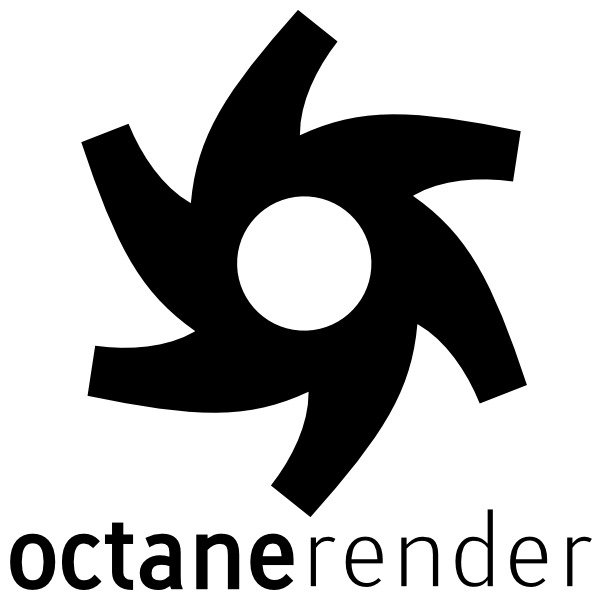
OctaneRender is a GPU-based rendering engine, and as of version 3.08 is compatible with NVIDIA’s Turing graphics architecture in the GeForce RTX 2080 and 2080 Ti cards. Let’s take a look at how these new GeForce models compare to the previous generation.